Airspace and the space race

I’ve always been a bit partial to aviation history, and when I heard that Plovdiv was home to Bulgaria’s National Aviation Museum I was keen to have a look. After a few dramas trying to find the correct platform for my train, I rode to Mavrudovo Station and piled out. A short walk and I arrived at the gates of the Aviation Museum, which had a decidedly Eastern Bloc feel.
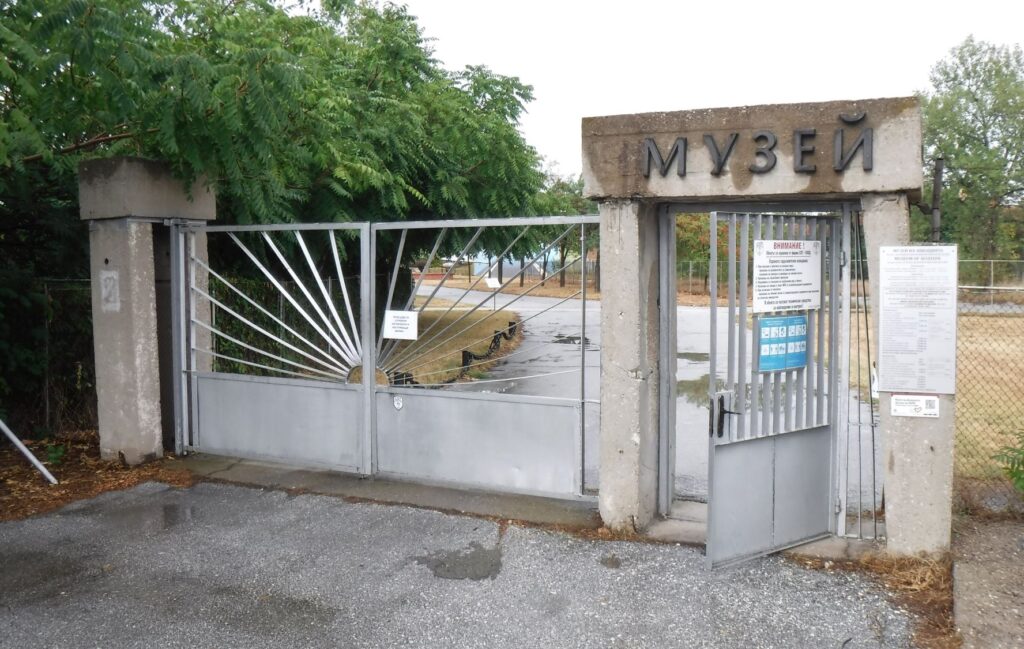
When I arrived at the Museum building the attendant motioned for me to mask up, which I duly did. Bulgaria is inconsistent to say the least when it comes to mandated precautions against the spread of Corona. The night after I visited the museum I went to a summer street festival in Plovdiv, which was crammed with people and there was hardly a mask to be seen.
The two rooms of displays covered the history of Bulgarian aviation from the early days up to the present, including the role of the nation in missions to space. The blokes who first started designing, building and attempting to fly aircraft were brave men indeed. There was no certainty that the first planes would actually fly, and those that did were pretty much guaranteed to maim or kill their pilots.
Apparently it was a Bulgarian, Victor Vitanov, who built the first biplane in England in 1908. He also had the coolest billy cart on the block.
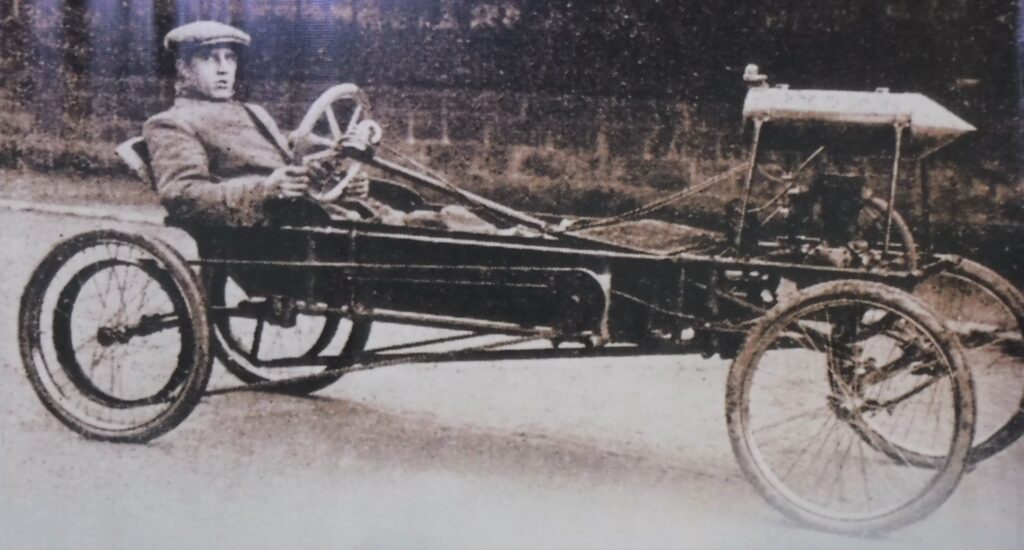
Tsar Ferdinand, the ruler of Bulgaria from 1908 to 1918, was enthusiastic about the nascent field of aviation, and is thought to be the first head of state to take to the air. Here he is, hanging on like grim death, before his flight with Belgium aviator De Lamine in 1910.
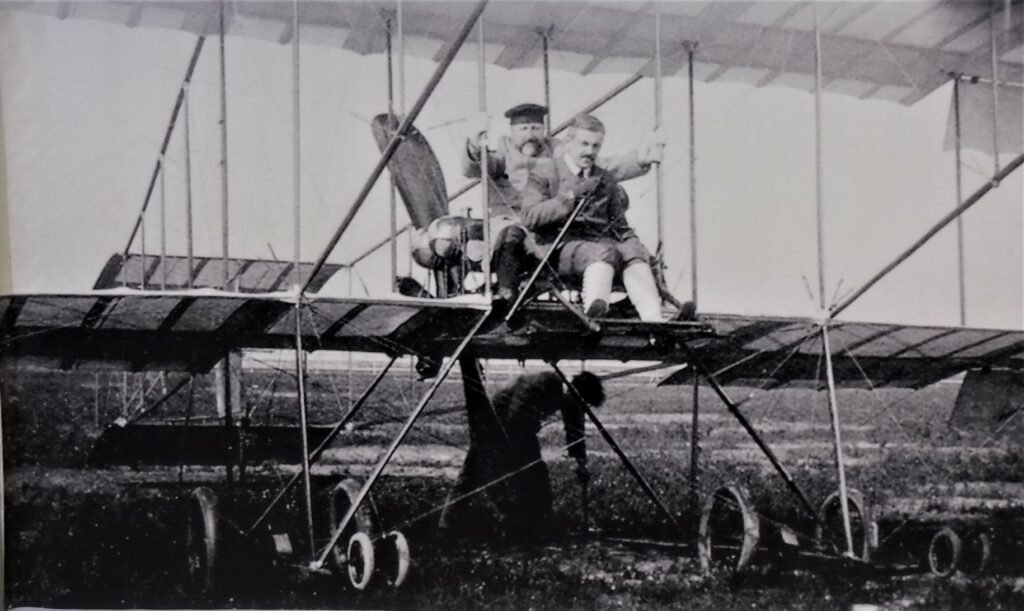
Ferdinand also created the Bulgarian Aviation Department by decree. The firsts in Bulgarian aviation keep coming, with the nation claiming that the first use of aircraft at war was a reconnaissance flight performed by the Bulgarian Aeroplane Platoon during the Balkans War in 1912. Not to mention the claim that the first pilot to successfully land a plane after engine failure was a Bulgarian in 1912. (I imagine this would be a little hard to prove, as aircraft engines were bit dicky in the early days, and there must have been engine failures happening all over the place.)
The first Bulgarian designed and built aircraft, which had its inaugural flight in 1915, was the brainchild of 19 year old Asen Yordanov. There is a reproduction of Yordanov’s plane in the outdoor exhibition at the National Aviation Museum Plovdiv.
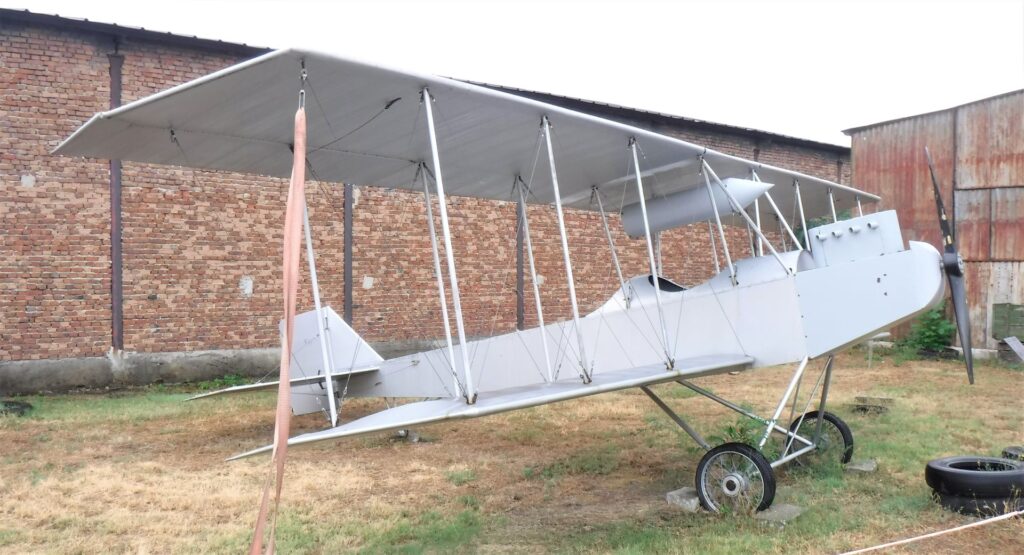
Bulgaria threw its lot in with Kaiser Wilhelm II and Adolf Hitler during the two world wars, and sourced the majority of its aircraft from Germany and Czechoslovakia during this period. The Museum holds the only existing Arado 196-A3 German seaplane, 12 of which were used by the Bulgarian Air Force during World War II.
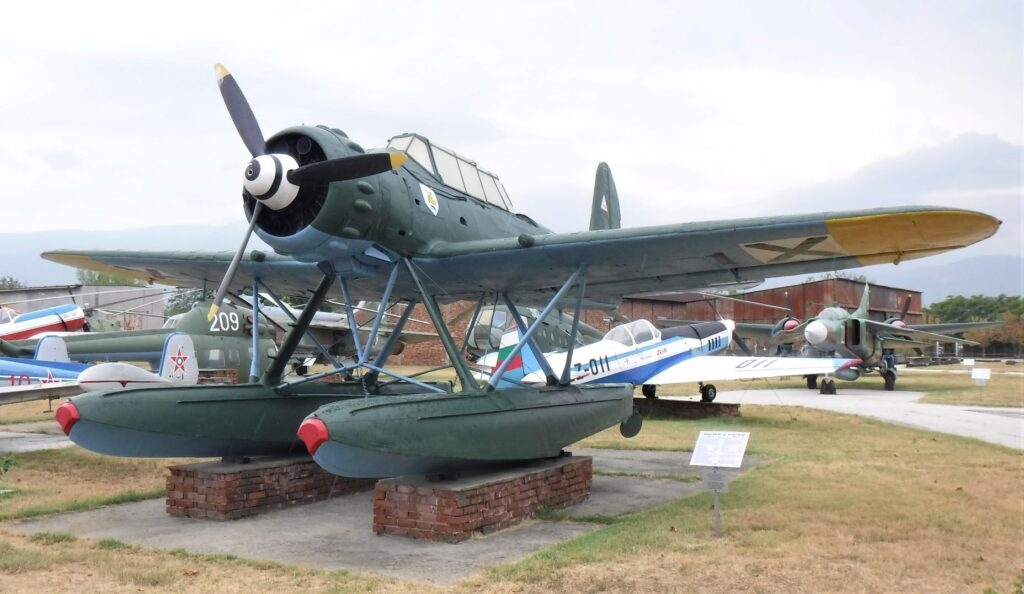
In Bulgaria, a peculiar thing happened towards the end of World War II. The retreat of Axis forces, and the likelihood of their ultimate defeat, caused political instability within the country. Russian troops entered Bulgaria in early September 1944 which triggered a coup, with the new prime minister seeking an armistice with Russia and declaring war on Germany. Thus, a nation that had been fighting for three and a half years with the Germans spent the last months of the war fighting against them. With a communist government now at the helm, Bulgaria would remain part of the Soviet Bloc until 1989.
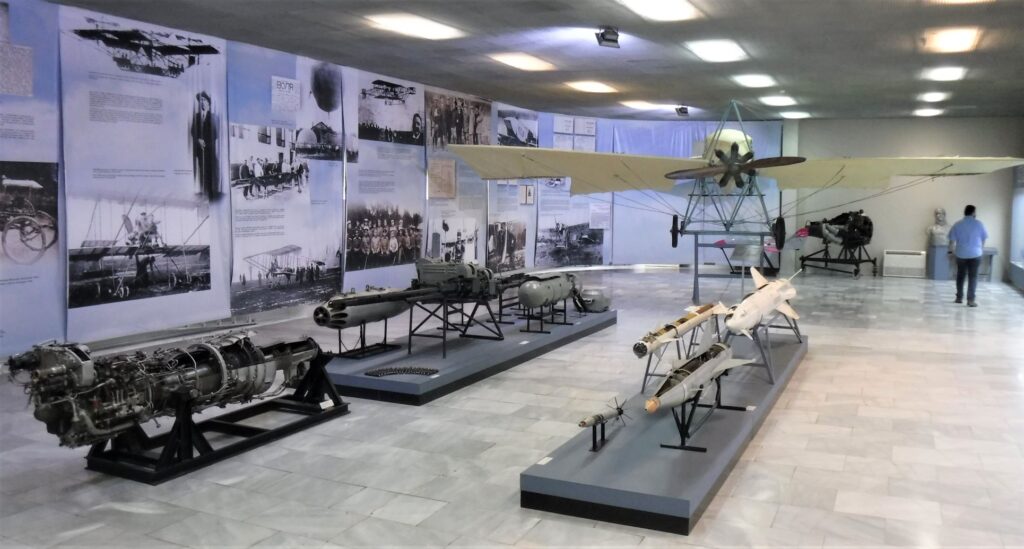
The majority of the outdoor exhibits at the Museum were cold war-era aircraft supplied to Bulgaria by the Soviet Union. All your favourites were there, including more MiGs than you could point Joseph McCarthy at. There were MiG-17s….

…MiG-19s…

…MiG-21s…
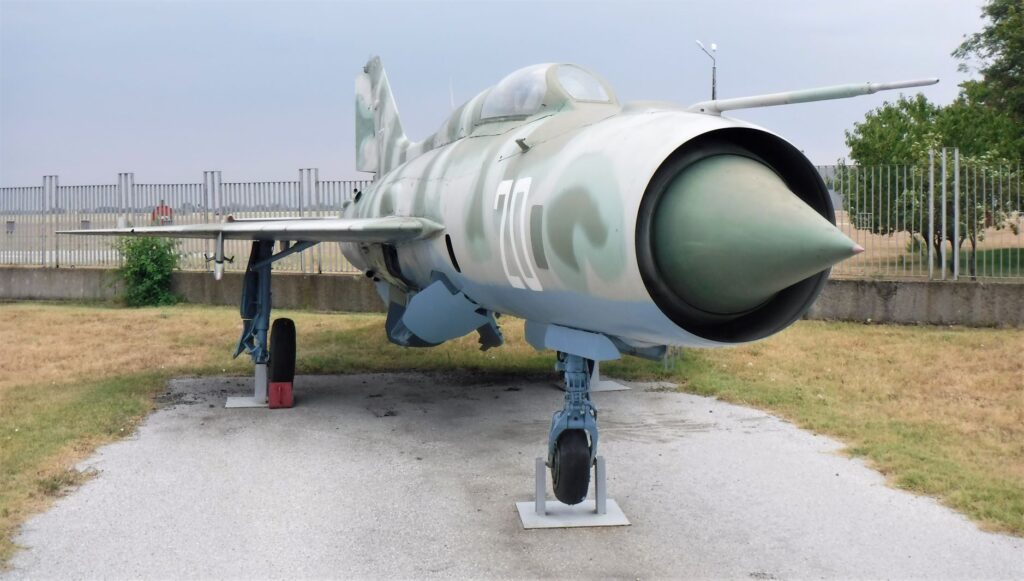
…and MiG-23s.
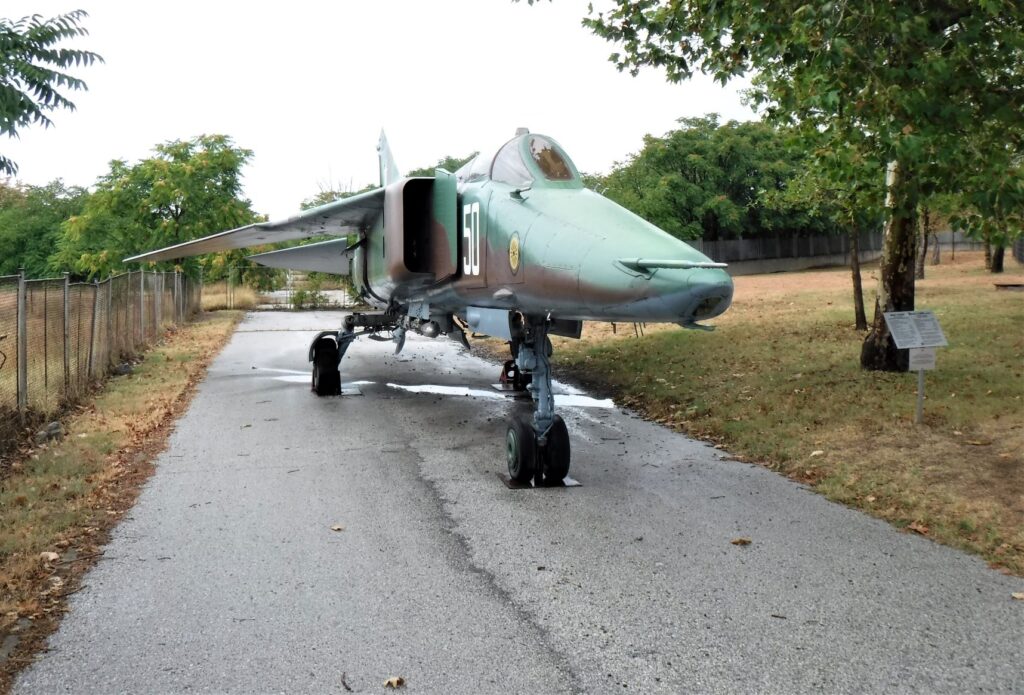
‘Where do you want this MiG-23?’ ‘Oh geez mate we’ve got those things coming out our ears! Just get the pilot to back it down that side road will ya?’
There were also a bunch of helicopters on display, including the mean looking Mi-24D.
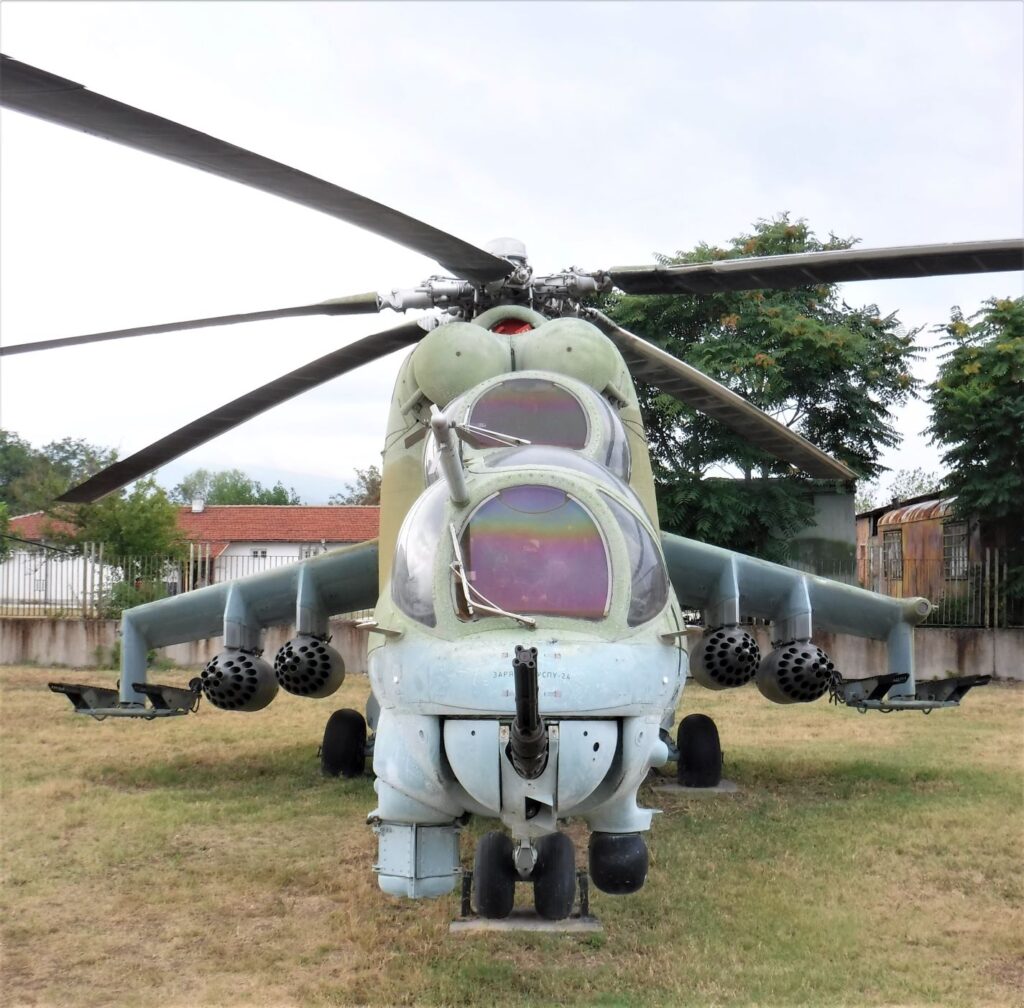
The Mi-24D would just as soon as kill you as go fishing, and has plenty of lethal options to choose from
The final displays at the National Aviation Museum Plovdiv were devoted to Bulgaria’s involvement in the space race. In 1979, the Soyuz-33 rocket was launched from Kazakhstan, with a crew of two: Russian commander Rukavishnikov and Bulgarian astronaut Ivanov. Disappointingly for all concerned, an engine failure meant the planned docking with an orbiting space station had to be aborted, and the crew of the Soyuz-33 made a rapid, and presumably unpleasant, descent back to earth in a re-entry capsule. That very capsule is on display in the museum, and the state of its outer surface is testament to the rather torrid time it had heading back to Kazakhstan through the earth’s atmosphere.
In 1981, the first Bulgarian satellite named ‘Bulgaria 1300’ was launched from inside Russia. It carried a whole bunch of scientific equipment that was designed and built in Bulgaria. The Aviation Museum had some of this gear on display.

In the early 1970’s, the Research Institute of Cryobiology Lyophilisation was established in Bulgaria. This facility was tasked with creating spacefood, by means of cryobiology and lyophilisation, which is possibly where the Institute got its name. It came up with a space menu, which included 27 different foods, to keep astronauts well fed with nutritious goodies whilst on missions. According to the museum, the space menu included ‘…soups, main course foods, desserts, Bulgarian yoghurt, fruit etc…’ providing astronauts with a balance of ‘…proteins, fats, carbohydrates, and biologically active substances’. Hopefully the ‘biologically active substances’ were just in the yoghurt. Despite my efforts, I couldn’t find any information at the Museum about whether the spacefood tasted any good.
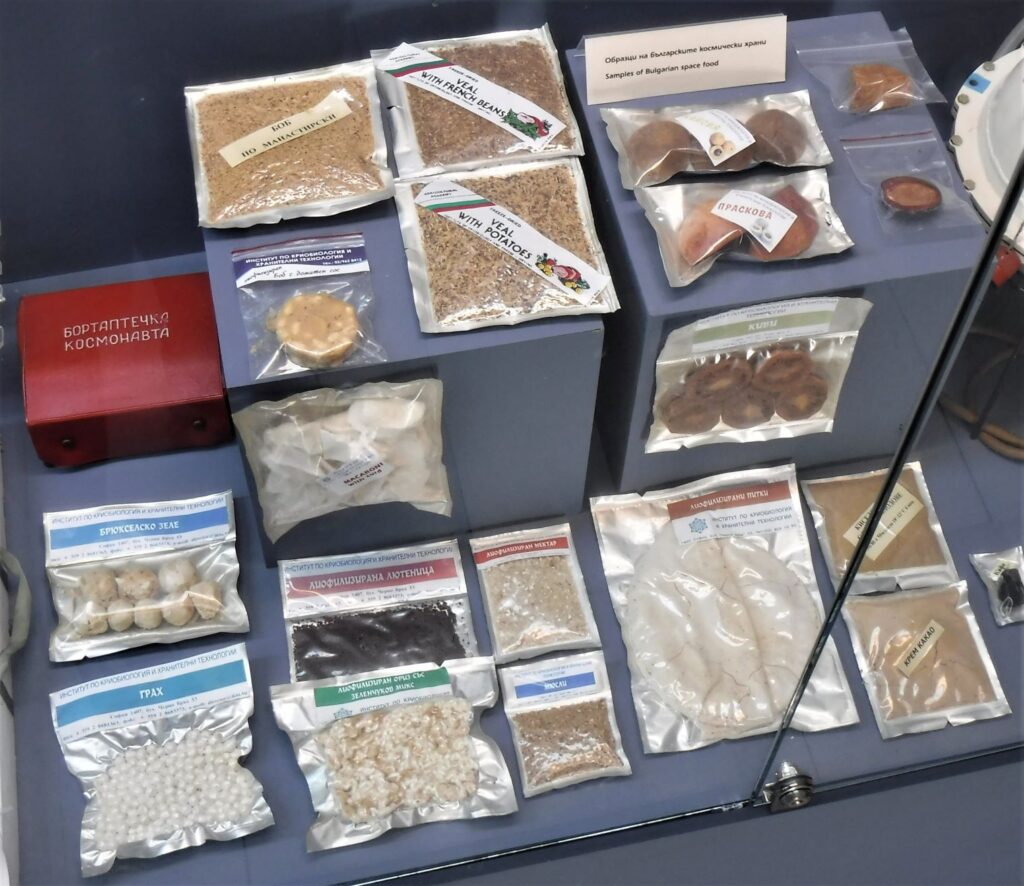
I never imagined that Kiwis had been involved in the Eastern Bloc space program.

These still look good enough to eat. Sort of
Bulgarian aviation certainly has come a long way, from timber, wire and fabric widow-makers to jets and space exploration. A visit to the National Aviation Museum is not just a lesson in aviation, but also the political and social journey of Bulgaria from the early 1900s to the present. It’s well worth a visit if you’re in Plovdiv and can find the right train.
Visit the National Aviation Museum Plovdiv here
If you enjoyed this post, you may also like Varna’s Retro Museum The Royal Automobile Museum, Jordan
Leave a Reply